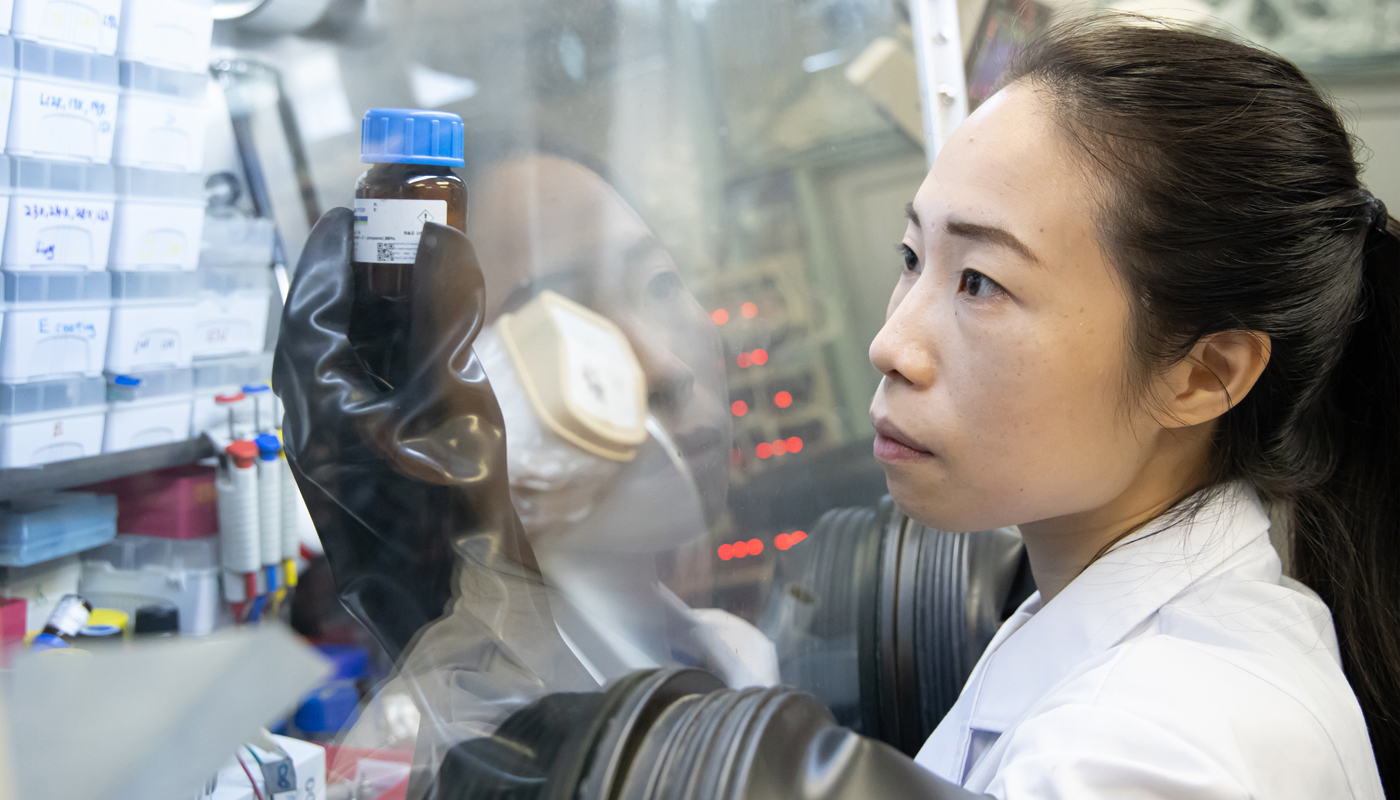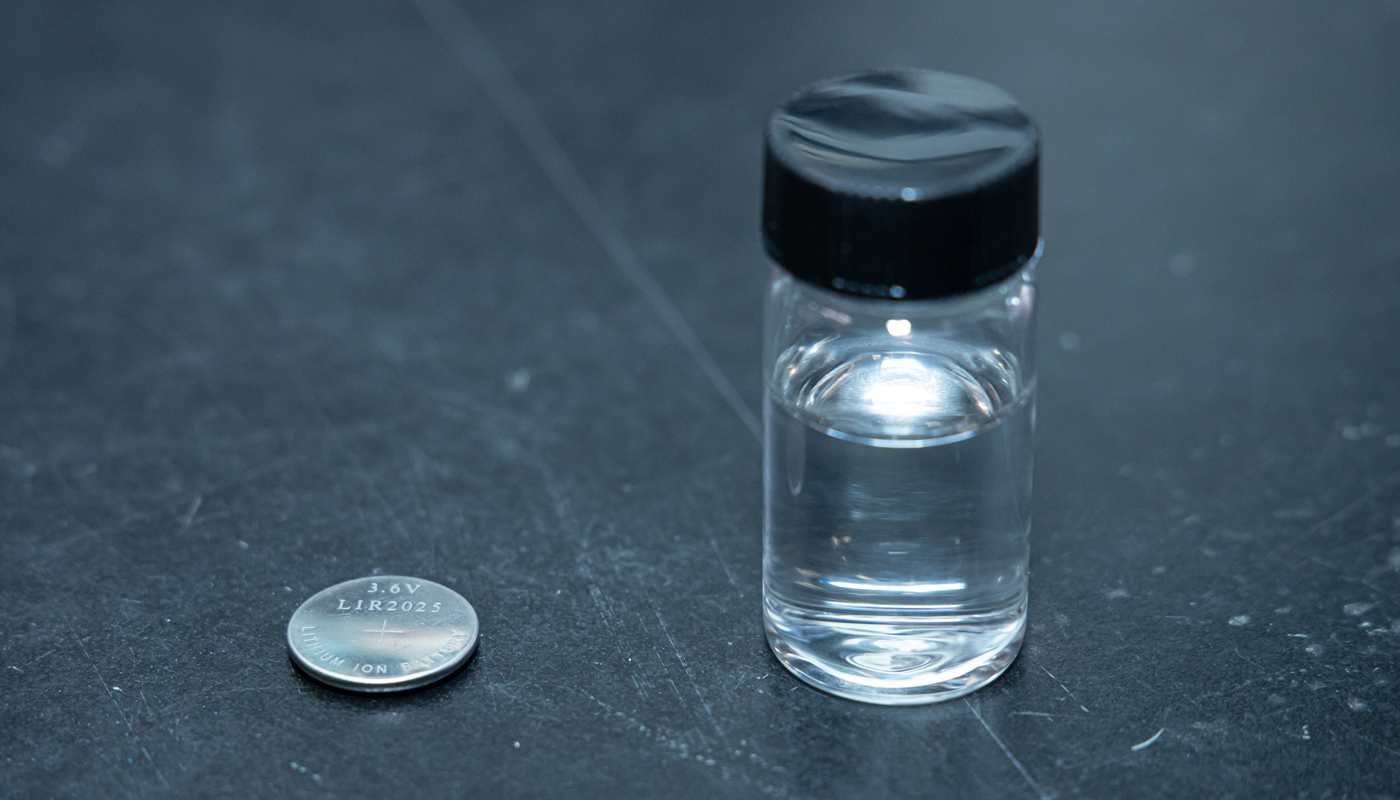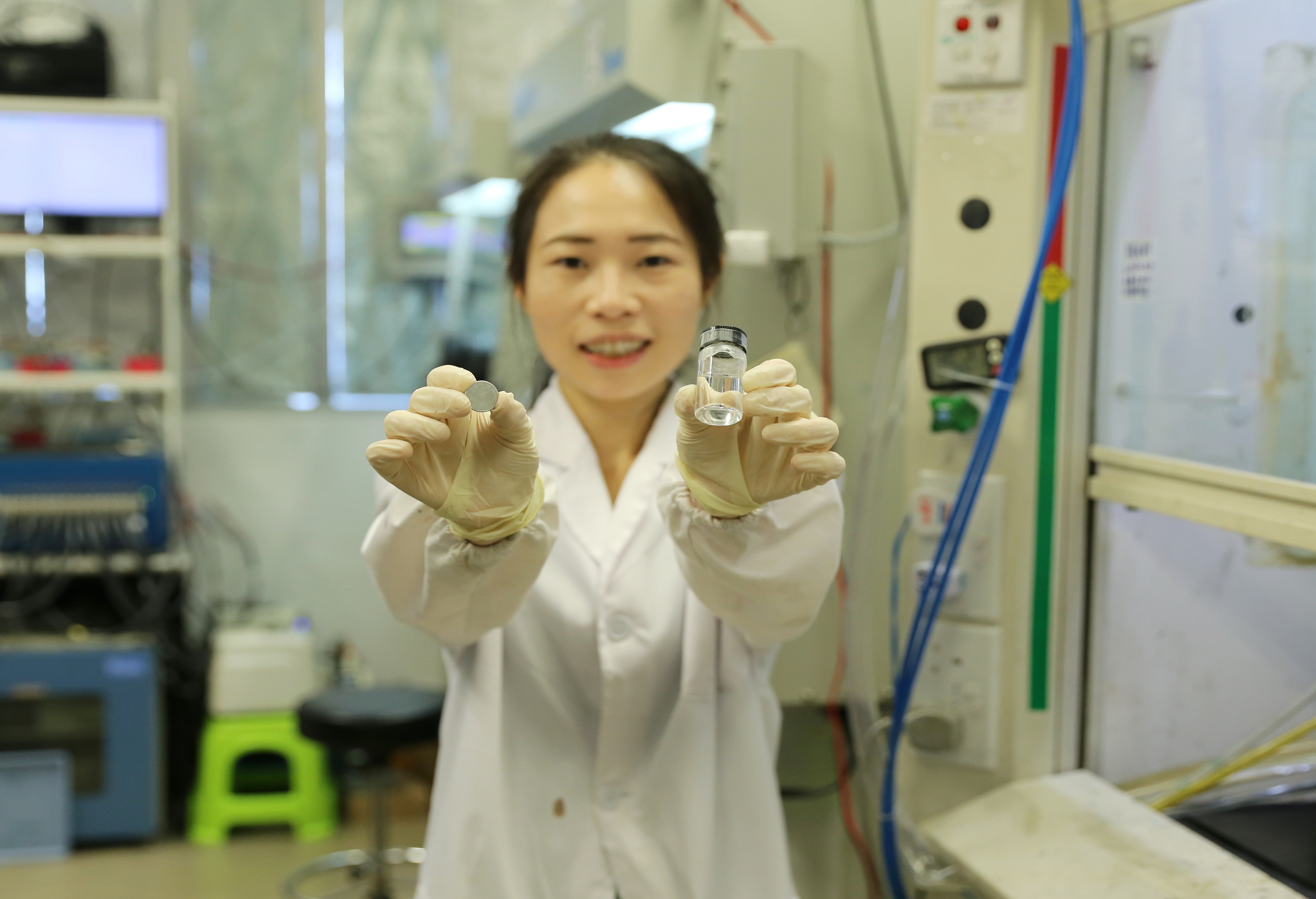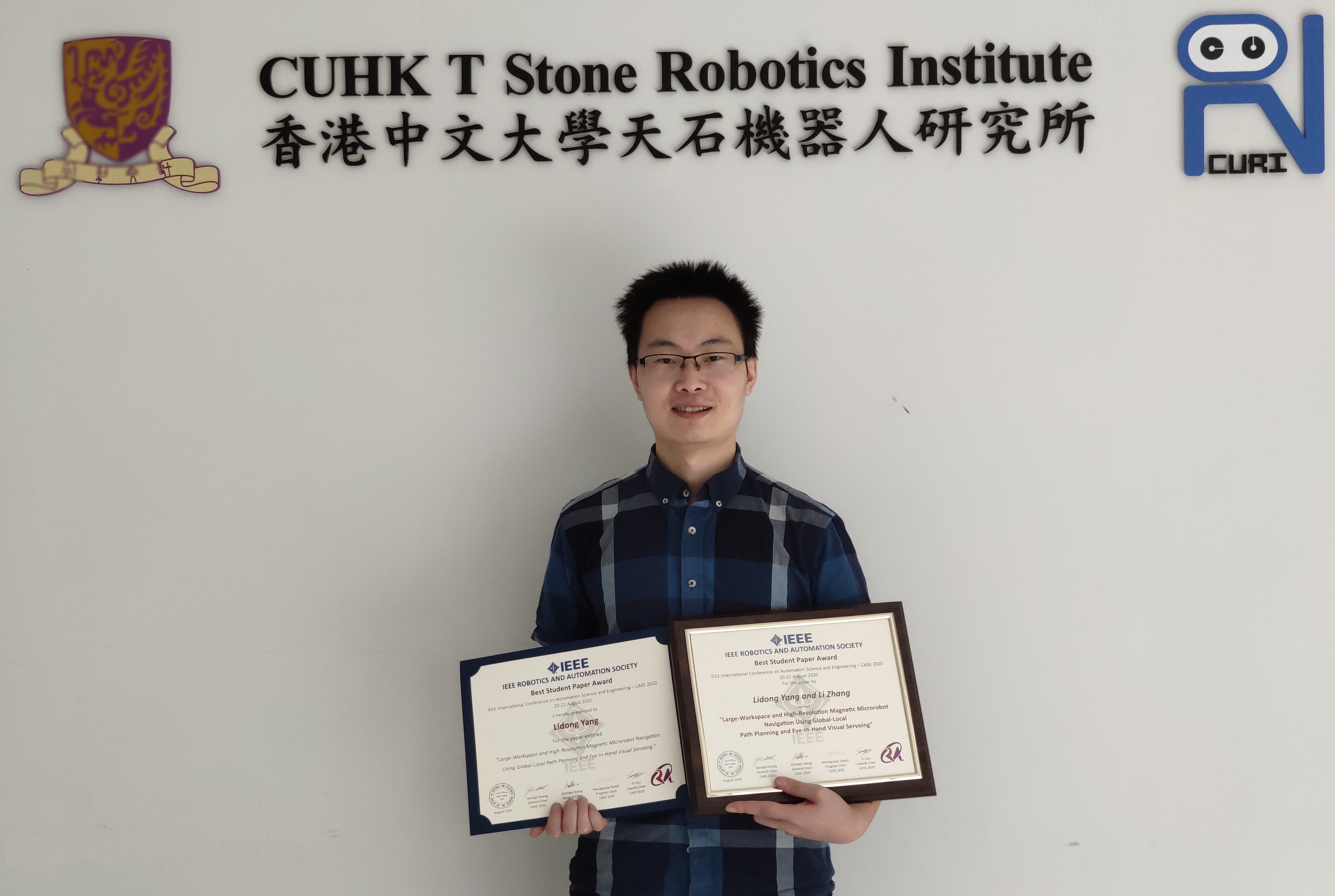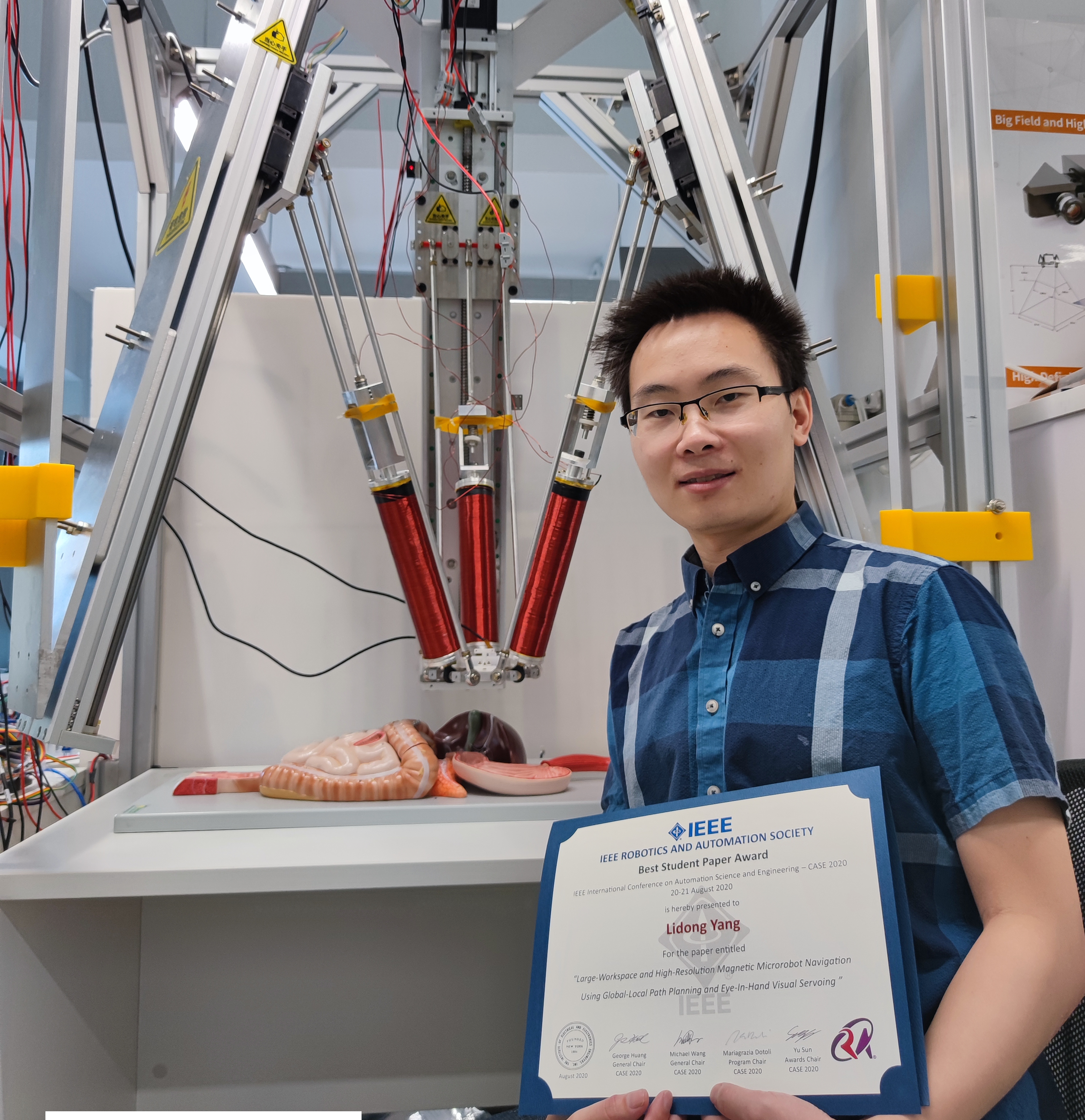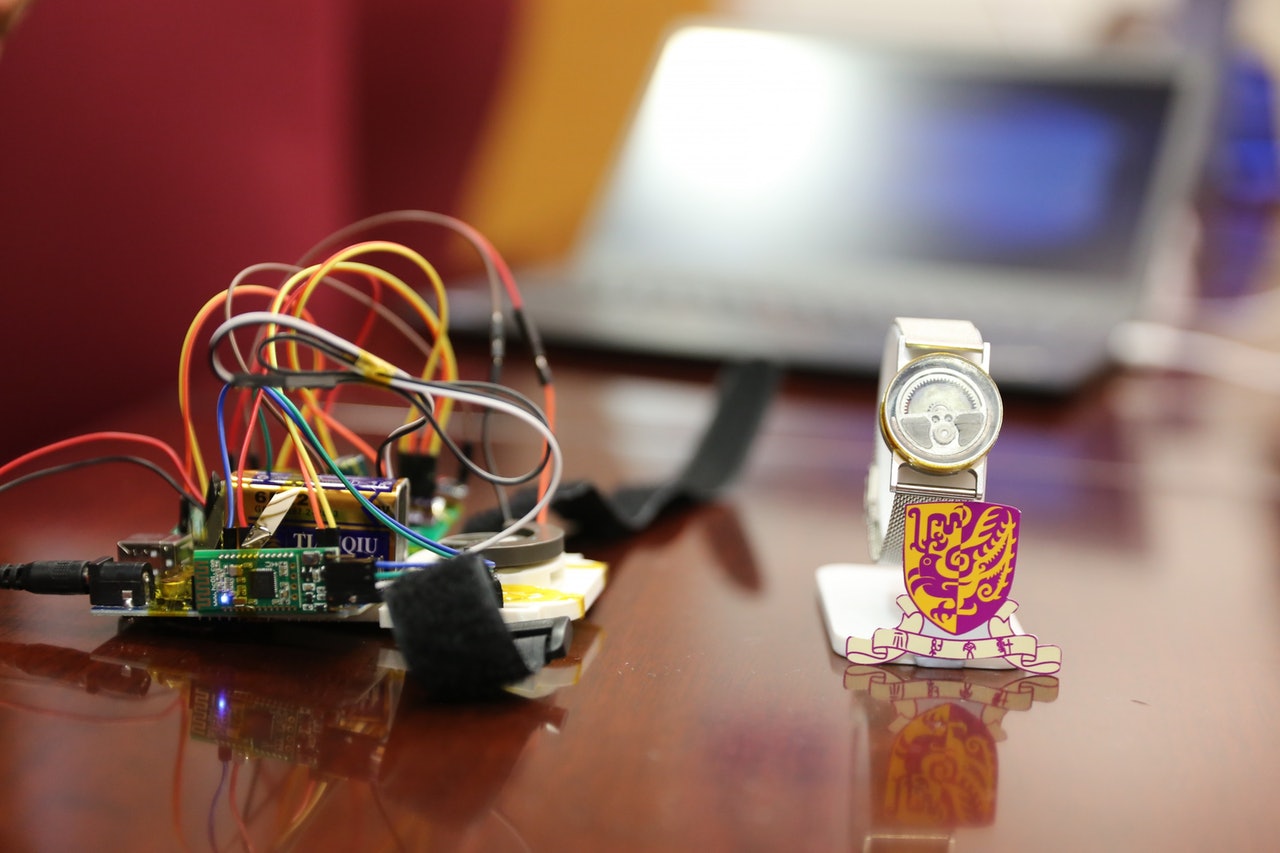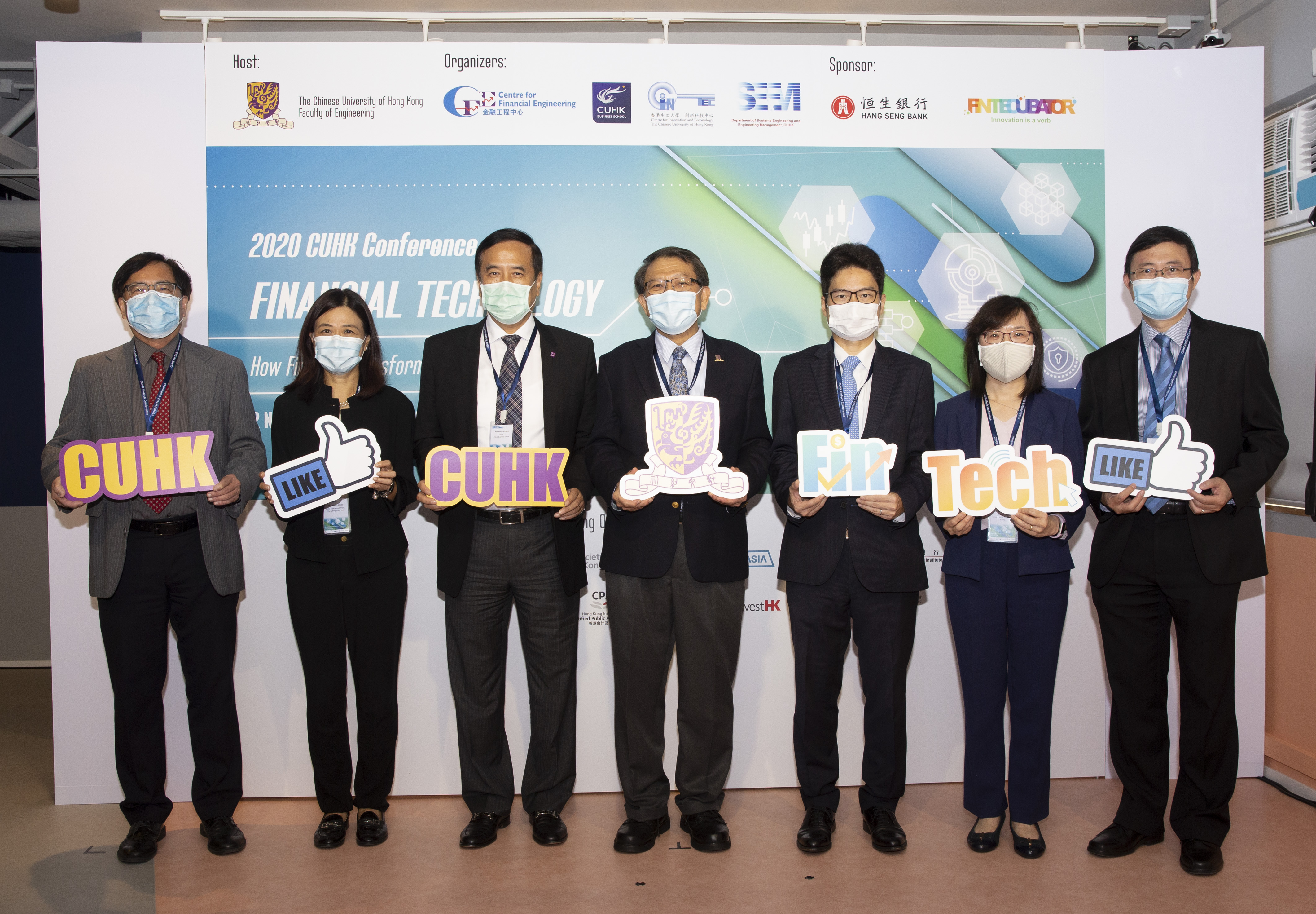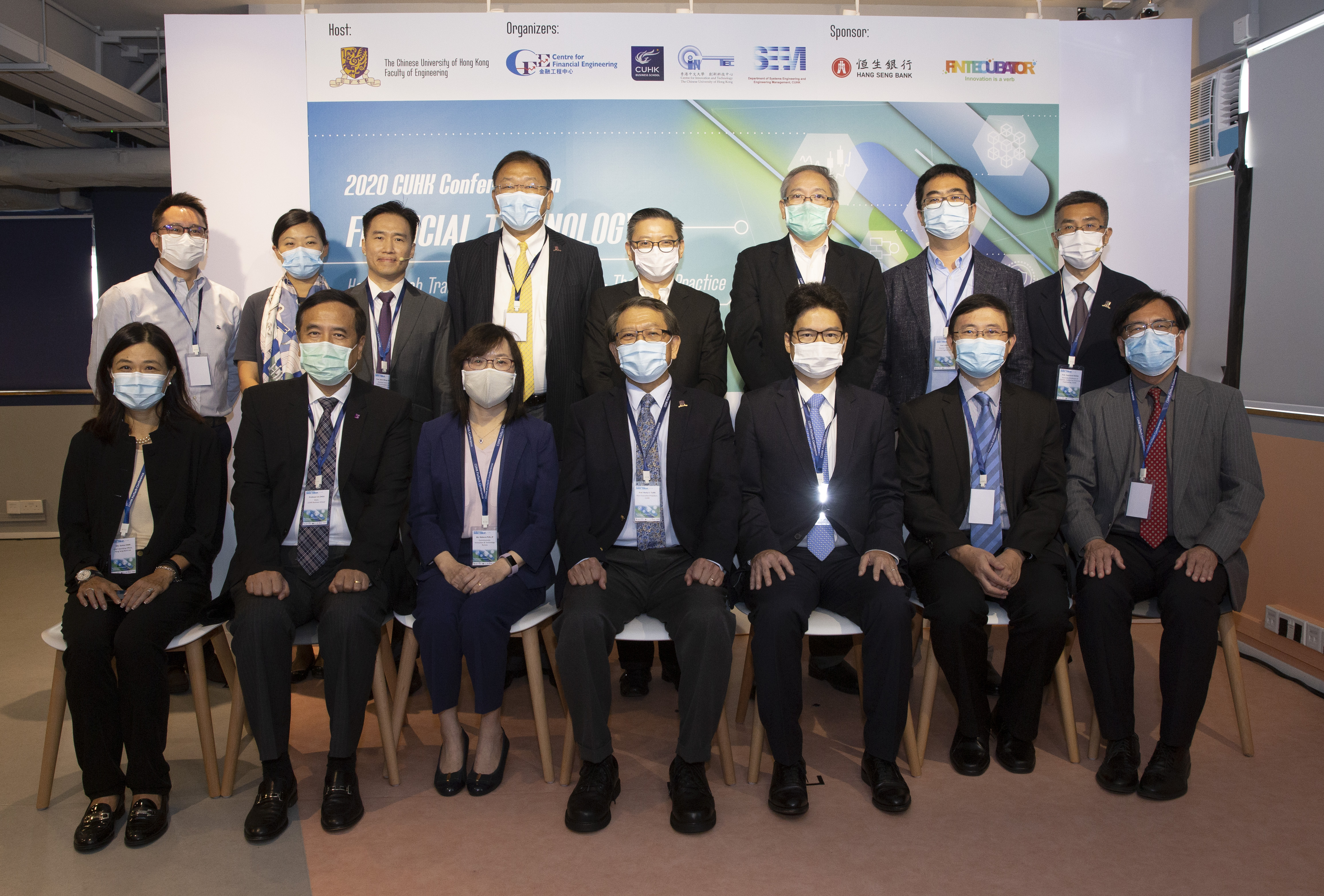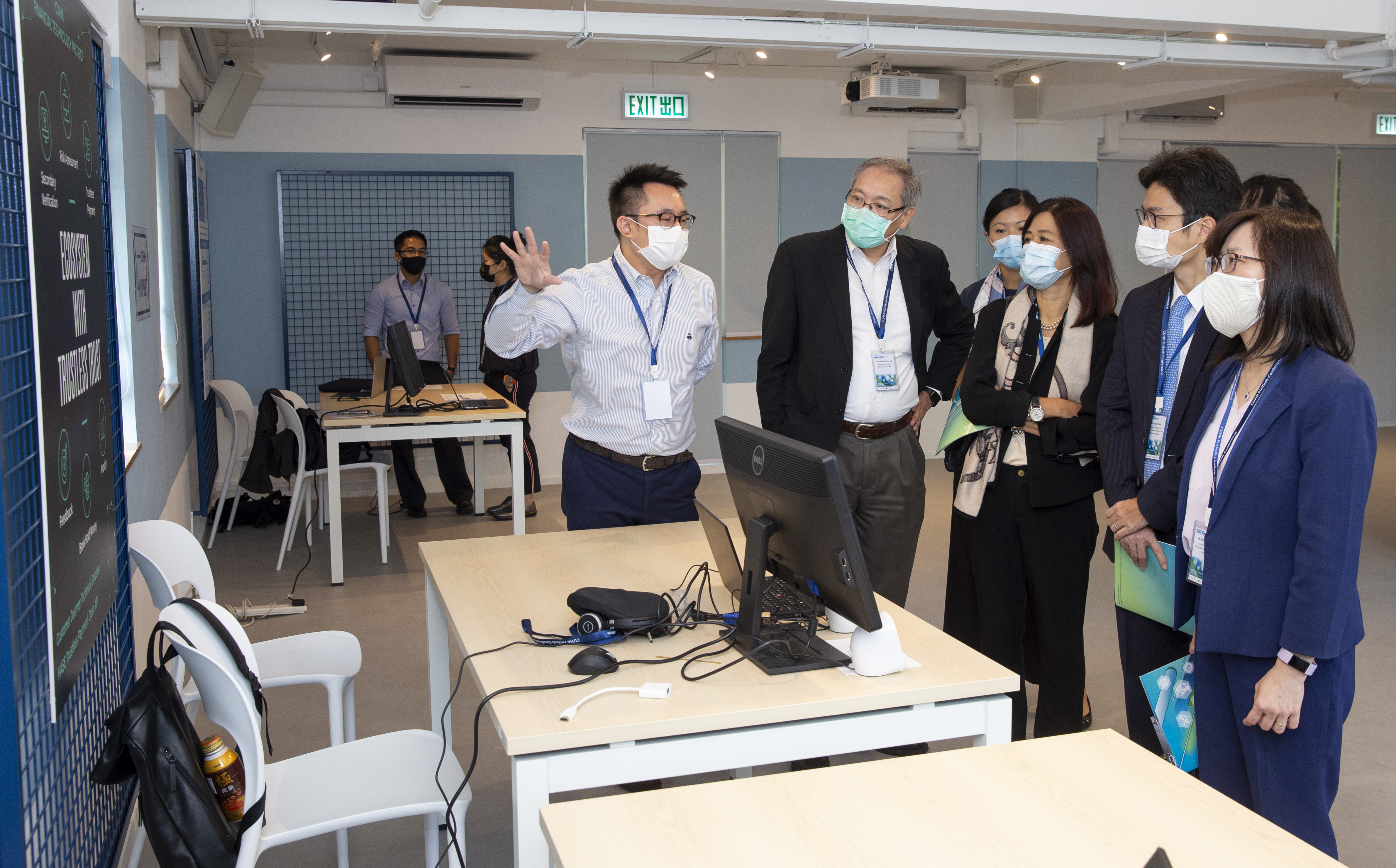The Faculty of Engineering, CUHK hosted the virtual “2020 CUHK Conference on Financial Technology (FinTech)” today (2 November), solely sponsored by Hang Seng Bank, and with the support from the Department of Systems Engineering and Engineering Management, the Centre for Financial Engineering (CFE), the Centre for Innovation and Technology (CINTEC), and CUHK Business School. The conference titled “How FinTech is Transforming Organisations – Theory and Practice” attracted hundreds of registrations from industry practitioners, academicians, researchers, government officials and regulators to review the impact of FinTech on organisations, and discuss the theory and practice behind it.
The conference was officiated at by Professor Rocky S. TUAN, Vice-Chancellor and President, CUHK, Mr. Joseph CHAN, JP, Under Secretary for Financial Services and the Treasury Bureau, Ms. Rebecca PUN, JP, Commissioner for Innovation and Technology, Professor Martin D.F. WONG, Dean, Faculty of Engineering, CUHK, Professor Lin ZHOU, Dean, CUHK Business School, and Mrs. Eunice CHAN, Chief Operating Officer, Hang Seng Bank Ltd. Wide ranging topics, including artificial intelligence (AI), biometrics, crypto assets, cybersecurity, decentralised finance, FinTech in banking, machine learning, new career opportunities, regulatory technology (RegTech) and tokenization were covered in the conference.
Professor Rocky S. TUAN remarked in his opening speech, “This conference is a part of the FinTech education series of the Hong Kong FinTech Week 2020 organised by InvestHK. It is also the fourth annual FinTech Conference organised by CUHK. We hope that through this conference, the University can continue to strengthen our educational exchanges and cooperation with industry, and explore new opportunities in the application of FinTech. At CUHK, we are committed to developing FinTech talents in people who will ultimately empower the local financial industry and sustain Hong Kong’s status as an international financial hub. We pioneered the provision of bachelor’s and master’s degrees in FinTech in Hong Kong through two innovative and multi-disciplinary programmes offered by the Faculty of Engineering. In this endeavour, support from the Government and industries is of paramount importance.”
Professor Martin D. F. WONG said, “Today marks the official establishment of the CUHK Engineering FinTech Applied Research Academy, building upon the many applied research projects successfully undertaken by our MSc FinTech students who have been working closely with industry sponsors from banks and technology companies. The Academy is expected to expand the current collaboration with industry and to elevate our efforts in developing a larger pool of FinTech talents for Hong Kong.”
Professor Lin ZHOU said, “With rapid technological advancements and greater demand for FinTech talents in the future, CUHK business school is committed to training the next generation of business leaders with modern managerial skills and knowledge that are suitable for high-tech industries. We look forward to working closely with the Faculty of Engineering and leading corporations to create the most cutting-edge educational programme.”
Mr. Joseph CHAN, JP, Under Secretary for Financial Services and the Treasury Bureau said, “The Government will continue to adopt a multi-pronged approach in promoting and supporting FinTech adoption, and provide a clear regulatory environment, while at the same time inviting funding and encouraging talent for the FinTech ecosystem, so as to ensure the sector thrives with manageable risks.”
Ms. Rebecca PUN, JP, Commissioner for Innovation and Technology, said, “Hong Kong’s FinTech community has been flourishing. We have been providing an environment conducive to the development of the FinTech ecosystem through facilitation, funding, talent and technology.”
Mrs. Eunice CHAN, Chief Operating Officer, Hang Seng Bank Ltd., stated, “FinTech is playing a pivotal role in transforming the banking industry. As a local market leader, Hang Seng is actively participating in various FinTech initiatives. We are delighted to have partnered with CUHK on various projects to support the development of young FinTech talent in our city and we look forward to more collaborations in the future, which include supporting research projects and offering scholarships and internships to CUHK students.”
With Hang Seng Bank well established as a leading innovator in the banking industry in Hong Kong, senior executives from the Bank shared their insights into and views on how FinTech is transforming financial organisations and reshaping the future of wealth management. Scholars from CUHK and other speakers, including representatives from the technology and legal sectors as well as the financial sector regulatory authorities, also shared their knowledge and gave their opinions on the application and development of FinTech in the current market and in the future.
Other guest speakers included Professor Seen-Meng CHEW, Assistant Dean (External Engagement), CUHK Business School, Professor Wing-Cheong LAU, Associate Professor, Department of Information Engineering, CUHK, Professor Sherman Sze-Ming CHOW, Associate Professor, Department of Information Engineering, CUHK, Professor Darwin CHOI, Associate Professor, Department of Finance, CUHK, Professor Griffin Wenxi JIANG, Assistant Professor, Department of Finance, CUHK, Mr. Herman CHENG, Head of Digital Banking, Hang Seng Bank Ltd., Ms. Rosita LEE, Head of Investment Products and Advisory Business, Hang Seng Bank Ltd., Mr. Nike KONG, Chief Information Officer, Hang Seng Bank Ltd., Ms. May WONG, Head of Communications and Corporate Sustainability, Hang Seng Bank Ltd., Dr. Lucas HUI, Chief Technology Officer, ASTRI, Mr. Adam WIELOWIEYSKI, Managing Director, Head of Collaborative Intelligence & Analytics, Hong Kong Exchanges and Clearing Limited, Ms. Frankie TAM, International Technology Lawyer, Eversheds Sutherland, Dr. Florian M. SPIEGL, Co-Founder & COO, FinFabrik, Mr. Chris LEUNG, Cognitive/AI Practice Leader, Hong Kong, IBM Services, and Mr. Philip YU, Lead Solution Engineer, Tableau. Other speakers also gave their views during the two panel discussion sessions on Digitisation of Financial Services in Asia and Application Programming Interface (API) in Hong Kong. In addition, a number of demonstrations were made in the conference, including FinTecubator, a FinTech incubator programme initiated by Hang Seng Bank, and a customer behavioural analysis project by CUHK FinTech students.


